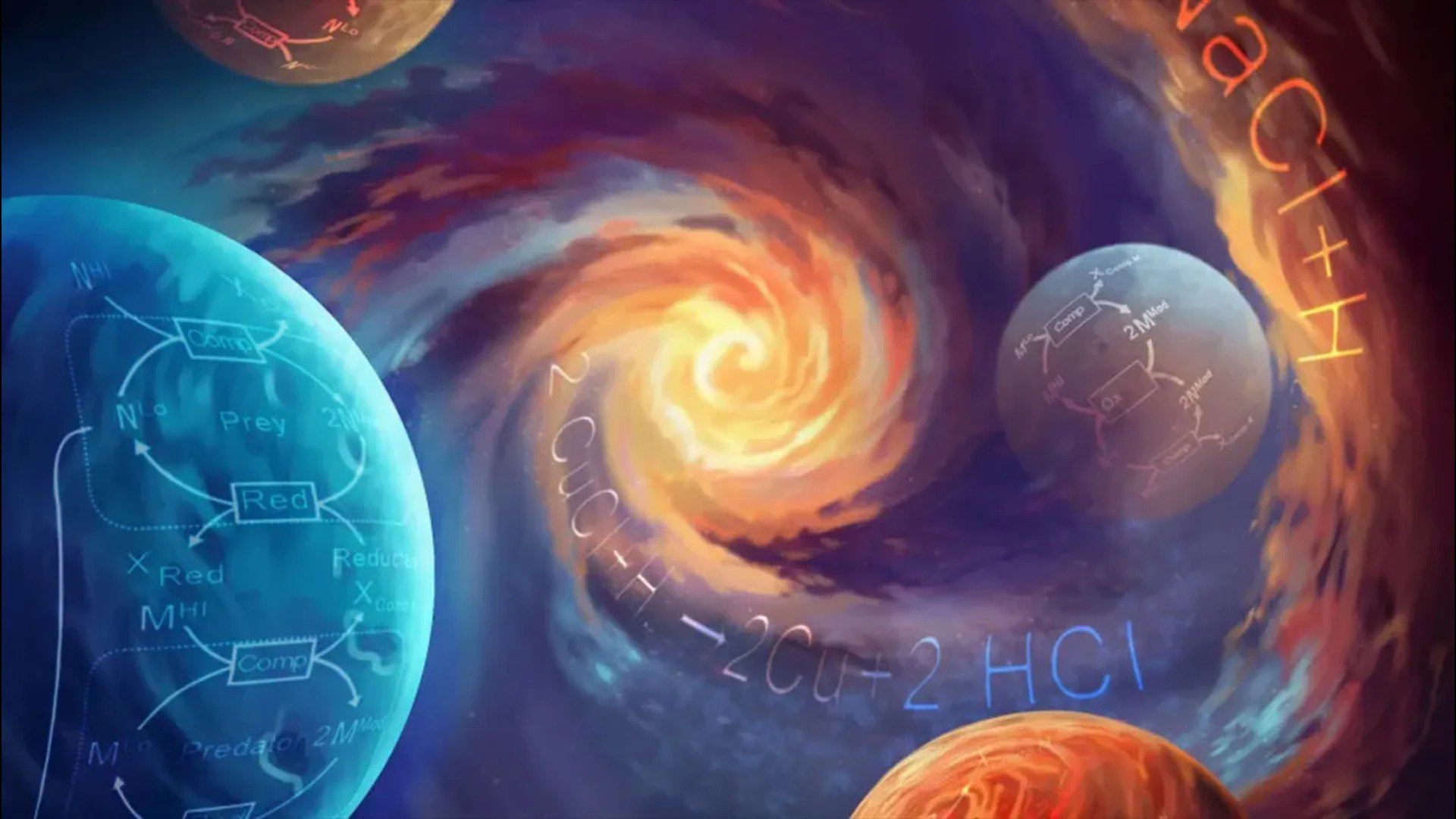
A recent study suggests that on various planets, there might be unique chemical reactions that can sustain life quite different from what we’re familiar with on Earth. Unlike our planet, where life relies on carbon-based compounds, these reactions could involve different elements.
Here on Earth, life is all about organic compounds. These compounds are composed of carbon, along with other elements such as hydrogen, oxygen, nitrogen, phosphorus, and sulfur.
Scientists have been curious for a long time about whether alien life could evolve from rather different elements and chemical reactions. One idea they’ve explored is the possibility of silicon playing a central role in alien biology.
Betül Kaçar, a scientist specializing in astrobiology, bacteriology, and evolutionary biology at the University of Wisconsin-Madison, emphasized the significance of investigating these possibilities. She highlighted that it is crucial to broaden our understanding of potential life forms and go beyond what we know to be true on Earth.
Life on Earth evolves from autocatalytic reactions
A crucial chemical process for life on Earth is called autocatalysis. Autocatalytic reactions are self-sustaining, meaning they can create molecules that promote the repeated occurrence of the same reaction. Think of it like a population of rabbits multiplying.
When pairs of rabbits meet, they have baby rabbits, and those baby rabbits grow up to form more pairs and have even more baby rabbits, as explained by Live Science.
Alien life may evolve from radically different elements than human lifehttps://t.co/sxFiqncNgb pic.twitter.com/qRK8WXNe73
— 🇺🇸 George Grant 🇺🇲 (@GeorgeG13567824) September 28, 2023
Betül Kaçar pointed out that one of the main reasons why scientists studying the origins of life find autocatalysis so important is because it mirrors a fundamental aspect of life: reproduction.
Reproduction is a process whereby life catalyzes the creation of more life. For example, one cell can generate two cells, which then have the potential to become four cells, and so forth. As the number of cells increases, the possibilities of various interactions also expand in both number and diversity, Kaçar further explained.
Autocatalysis beyond organic compounds
In their recent research, scientists went in search of autocatalysis using substances other than organic compounds. Their expectation was that autocatalysis might play a role in abiogenesis. This is the emergence of life from non-living matter and may be one explanation for how alien life evolves.
Researchers concentrated on something known as “comproportionation cycles.” These cycles can produce several copies of a certain molecule.
These newly formed molecules can then be used as a starting point to trigger these cycles once more, creating a self-sustaining process, which is known as autocatalysis.
Zhen Peng, the lead author of the study and an evolutionary biologist at the University of Wisconsin-Madison, highlighted the distinctive nature of comproportionation. He pointed out that this single chemical reaction can yield multiple copies of a substance, resembling the concept of reproduction.
See all the latest news from Greece and the world at Greekreporter.com. Contact our newsroom to report an update or send your story, photos and videos. Follow GR on Google News and subscribe here to our daily email!



